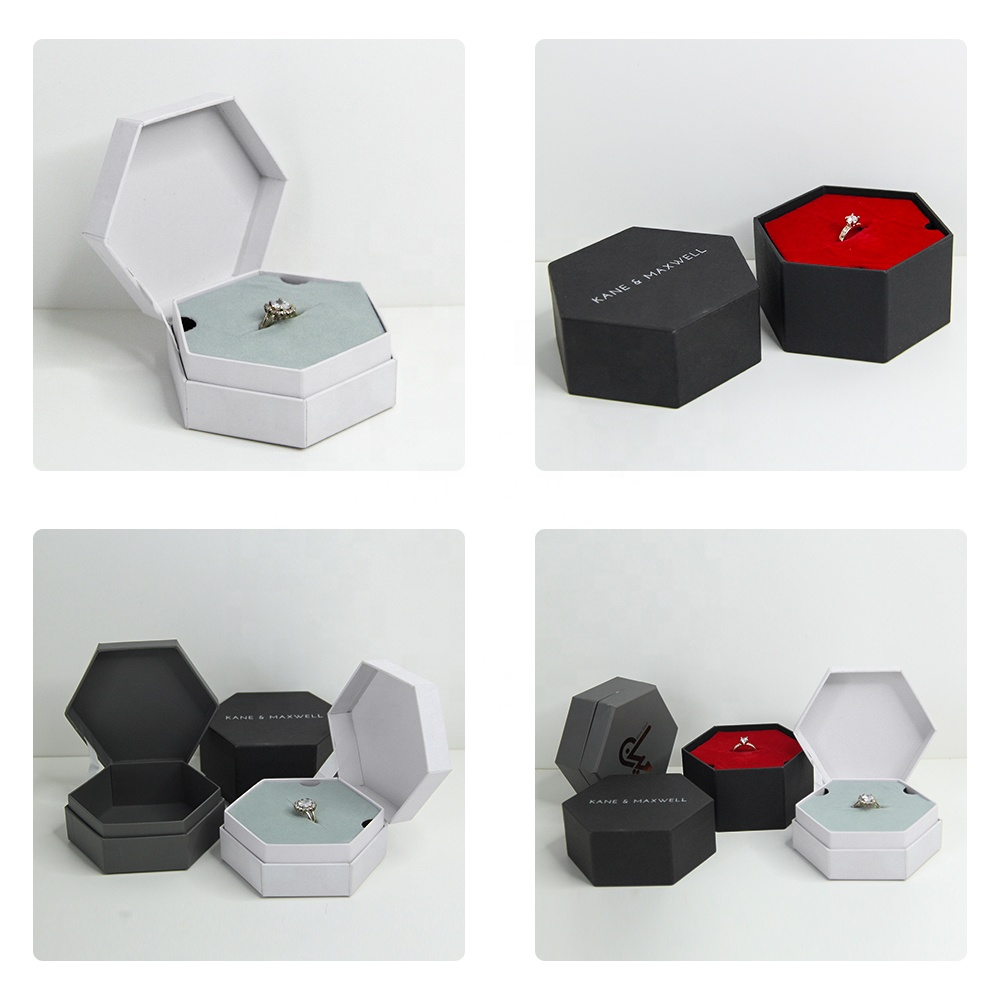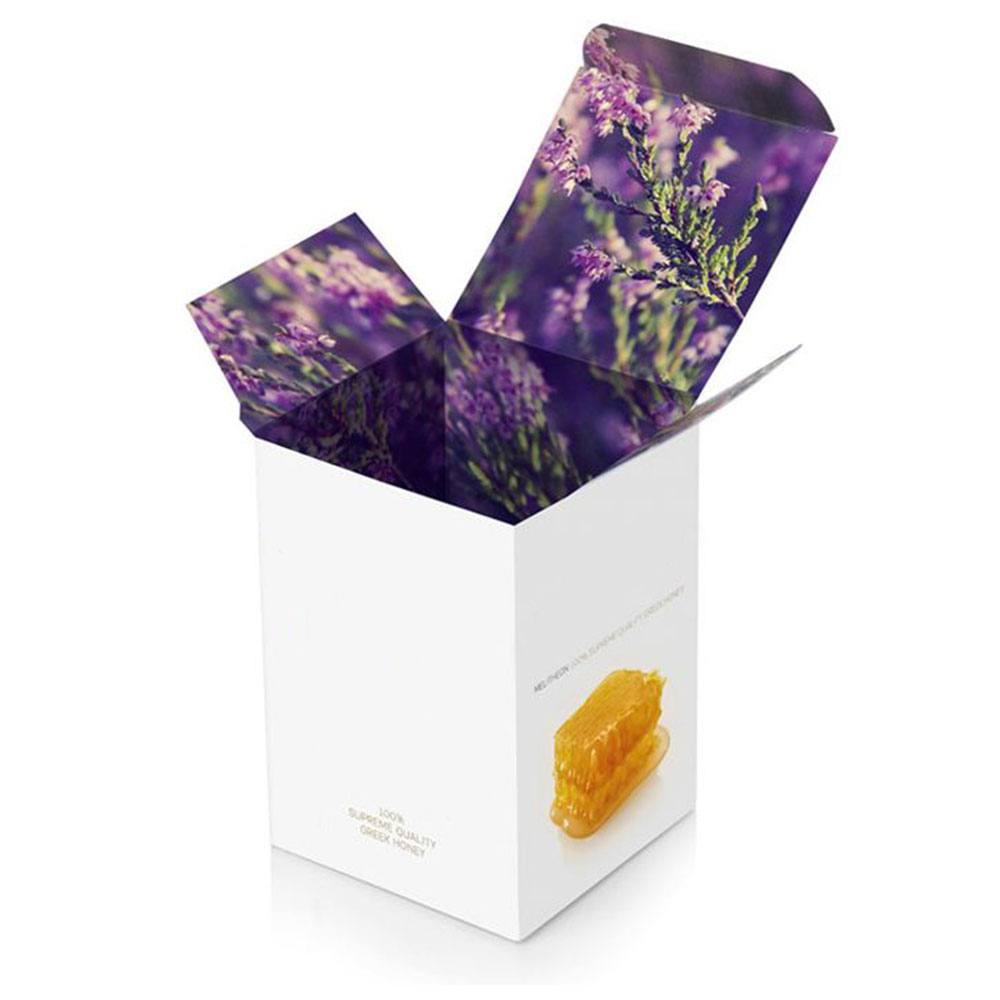The global printing box industry is showing strong signs of recovery
The latest report on global trends in printing is out. Globally, 34% of printers reported “good” financial conditions for their companies in 2022, while only 16% said “poor”, reflecting a strong recovery in the global printing industry, the data showed. Global printers are generally more confident about the industry than they were in 2019 and are looking forward to 2023. Jewelry box

Part.1
The trend towards a better confidence
A significant change in optimism can be seen in the 2022 net difference between the percentage of optimism and pessimism in the Printers’ Economic Information Index. Among them, South American, Central American and Asian printers chose optimistic, while European printers chose cautious. Meanwhile, according to market data, package printers are growing more confident, publishing printers are recovering from poor results in 2019, and commercial printers, though down slightly, are expected to recover in 2023.
“The availability of raw materials, rising inflation rates, rising product prices, falling profit margins, and price wars among competitors will be factors that will affect the next 12 months,” said a commercial printer from Germany. Costa Rican suppliers are confident, “Taking advantage of the post-pandemic economic growth, we will introduce new value-added products to new customers and markets.” Watch box
Between 2013 and 2019, as paper and base material prices continued to rise, many printers chose to cut prices, 12 percent more than those who increased prices. But in 2022, printers that chose to raise prices rather than lower them enjoyed an unprecedented net positive margin of +61%. The pattern is global, with the trend occurring in most regions and markets. It’s important to note that almost all companies are under pressure on margins.
The price increases were also felt by suppliers, with a net 60 percent increase in prices, compared with the previous peak of 18 percent in 2018. Clearly, a fundamental change in pricing behaviour from the start of the COVID-19 pandemic will have an impact on inflation if it plays out in other sectors.Candle box

Part.2
Strong willingness to invest
By looking at the printers’ operating indicators data since 2014, we can see that the commercial market has seen a significant decline in the volume of sheet offset printing, which is almost equal to the increase in the packaging market. It is worth noting that the commercial printing market first saw a net negative spread in 2018, and since then the net spread has been smaller. Other prominent areas are the growth of digital toner single-page paper pigments and digital inkjet web pigments due to the growth of flexographic packaging business.
According to the report, the proportion of digital printing in total turnover has increased, and this trend is expected to continue during the COVID-19 pandemic. But between 2019 and 2022, with the exception of slow growth in commercial printing, the development of digital printing on a global scale appears to have stalled. Mailer Box
For printers with web-based printing devices, the COVID-19 pandemic has seen a sharp increase in sales through the channel. Prior to the COVID-19 outbreak, turnover in this sector was largely stagnant globally between 2014 and 2019, with no significant growth, with only 17% of webprinters reporting 25% growth. But since the outbreak, that proportion has risen to 26 per cent, with the increase spread across all markets.
Capex in all global printing markets has fallen since 2019, but the outlook for 2023 and beyond shows relative optimism. Regionally, all regions are forecast to grow next year, with the exception of Europe, where the forecast is flat. Post-press processing equipment and printing technology are popular areas of investment.
When asked about their investment plans over the next five years, digital printing remains at the top of the list (62 per cent), followed by automation (52 per cent), with traditional printing also listed as the third most important investment (32 per cent).
By market segment, the report says the net positive difference in printers’ investment spending is +15% in 2022 and +31% in 2023. In 2023, investment forecasts for commercial and publishing are more moderate, with strong investment intentions for packaging and functional printing. Wig box
Part.3
Supply chain problems but optimistic outlook
Given the emerging challenges, both printers and suppliers are struggling with supply chain difficulties, including printing paper, base and consumables, and suppliers’ raw materials, which are expected to continue until 2023. Labor shortages were also cited by 41 percent of printers and 33 percent of suppliers, with wage and salary increases likely to be an important expense. Environmental and social governance factors are increasingly important to printers, suppliers and their customers.
Given the short-term constraints in the global printing market, issues such as intense competition and falling demand will remain dominant: package printers put more emphasis on the former and commercial printers on the latter. Looking ahead five years, both printers and suppliers highlighted the impact of digital media, followed by a lack of expertise and overcapacity in the industry. Eyelash Box
Overall, the report shows that printers and suppliers are generally optimistic about the outlook for 2022 and 2023. Perhaps the most striking finding of the report’s survey is that confidence in the global economy is slightly higher in 2022 than it was in 2019, before the outbreak of COVID-19, with most regions and markets predicting better global growth in 2023. It is clear that businesses are taking time to recover as investment drops during the COVID-19 pandemic. In response, both printers and suppliers say they are determined to increase their operations from 2023 and invest if necessary.
Post time: Nov-21-2022

